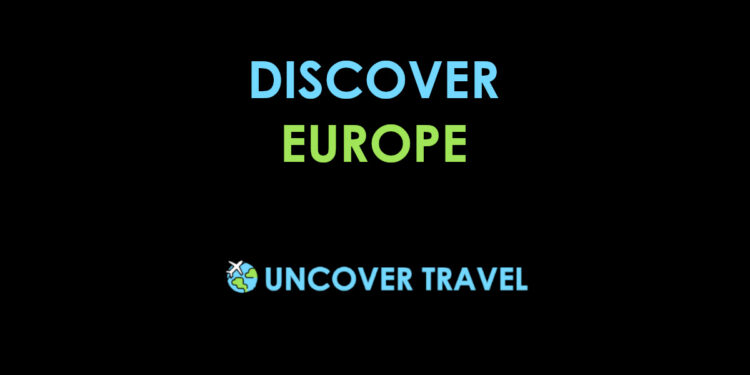The Mývatn region is one of the most volcanically active places on earth. Located around 90 kilometres from Akureyri and not far from Krafla Volcano, the area was formed after a powerful basalt lava eruption over 2,300 years ago. Nowhere else in Iceland can the same combination of craters, fresh lava fields, hot springs, geysers and bubbling mud pools be found.
The area had been free of volcanic activity for over two centuries however evidence of subterranean unrest has been felt since the mid 1970s. Subterranean rumblings, mostly too small to be noticed apart from by scientific instruments, are now recorded almost daily.
Mývatn is the name of both the region and also a large lake that is found in the area. It is one of the largest elevated populated places in Iceland, situated almost 30 miles from the coast. This is mostly due to the fact that this area receives more sun and less rain than almost anywhere else in the country.
The name ‘Mývatn’ literally translates to ‘the lake of the midges’, for the many clouds of these tiny flying insects that appear in the summer months. They do not bite (although they are often accompanied by biting blackflies), however they are attracted to carbon dioxide and so try to fly into the mouths and noses of people and animals. The midges are crucial to the lake’s ecosystem, as their corpses fertilize the lakeside and the larvae are a staple for birds and fish.
Lake Mývatn is a shallow eutrophic lake that contains 50 islets. The landscape around the lake is dominated by volcanic landforms, including lava pillars and pseudo craters. It is the fourth largest lake in Iceland with a size of approximately 37 square kilometres (14 square miles), however the average depth of the lake is only two metres (seven feet). The shallowness allows the sun’s rays to reach the bottom, creating a thriving growth of algae and plankton. This unique condition allows the formation of rare marimo balls; globes of green algae that only occur in four places in the world.
The Icelandic term for marimo balls is Kúluskítur, which translates to ’round sh*t’. This was the term used by fishermen when the algae balls got caught in their nets during the times when Lake Mývatn was one of the richest fishing lakes in the country. Sadly, the marimo balls, also known as lake balls, in Lake Mývatn vanished in 2013. It is believed that pollution is the reason for their disappearance, due to mining operations of diatomite from the bottom of the lake that began in the area in the 1960s and that resulted in the release of phosphorus and nitrogen into the water. This fed bacteria that burst into dense blooms, reducing visibility and hindering the penetration of light in the water column. As the balls are highly dependent on the sun’s rays reaching them at the bottom of the lake for photosynthesis, this resulted in the balls being starved of their most important source of energy.
The lake and its surrounding wetlands are a favourite breeding and feeding spot for many varieties of waterfowl, due to the many insects that congregate in the area during the warmer months. It is an area of international importance, as over 150 of the 300 species of birds that can be observed in Iceland can be found here, as well as over 250 of Iceland’s 450 plant species. It is also home to more species of duck than any other place on earth. Lake Mývatn became a national conservation area in 1974; a status that provides more protection than a National Park.
A narrow road circles the lake, connecting the various points of interest. The nearby town of Reykjahlíð is situated to the northeast of the lake and has hotels, camping grounds, a supermarket and a bar-restaurant, providing a functional base for travelers wishing to stay in the area.
SOURCES:
- https://voices.nationalgeographic.com/2014/07/14/icelanders-grieve-for-the-peculiar-lake-balls/
- https://icelandmag.visir.is/article/ecosystem-lake-myvatn-feared-be-collapsing
- Information provided by Cruise and Maritime Voyages
- Insight Guides: Iceland
- Information provided by Akureyri Tourist Information Office
- Information provided by tour guide on Cruise and Maritime Voyages excursion




